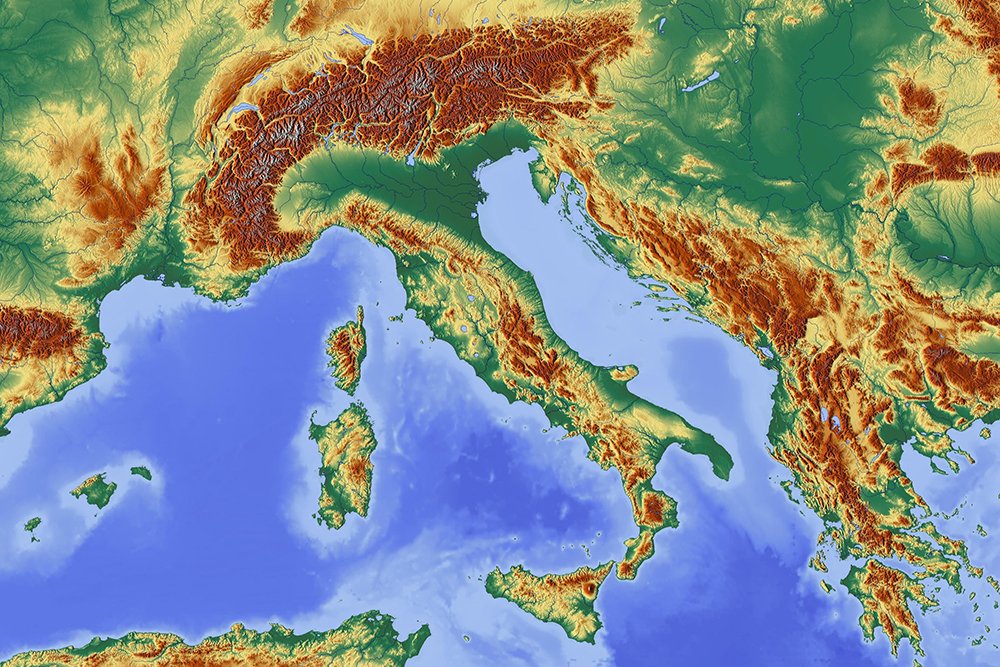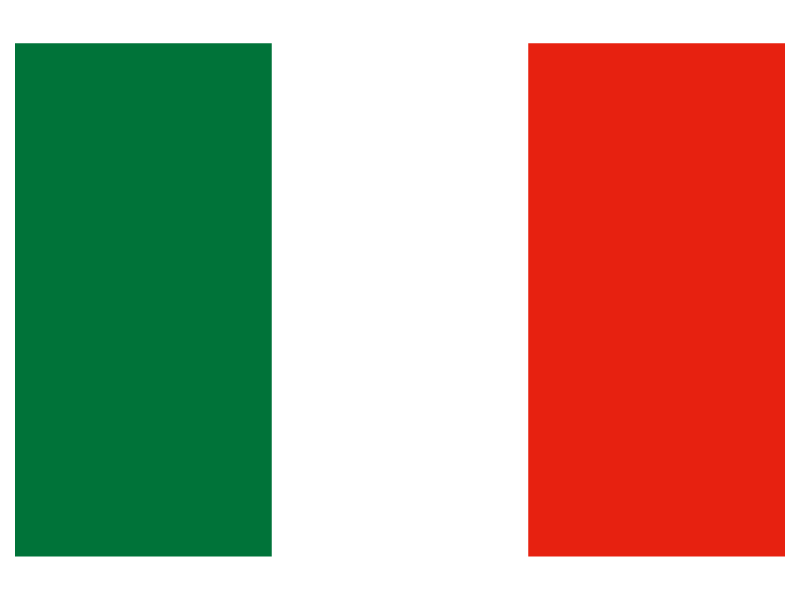
Italy's Second Republic is a critical chapter in the nation's history, marked by profound political changes, economic shifts, and societal developments. Spanning from the early 1990s to the present day, this era has shaped modern Italy in many ways./p>
The Second Republic of Italy emerged from the ashes of the First Republic, which came to an end in the early 1990s. The First Republic had been marked by political stability, but it was also marred by corruption scandals that eroded public trust in the government. One of the most significant scandals was the "Tangentopoli" (Bribesville) scandal, which revealed widespread bribery and corruption within the political and business spheres.
Tangentopoli, along with the end of the Cold War, played a pivotal role in the collapse of the First Republic. As the scandal unfolded, many prominent politicians were implicated and arrested, and political parties that had dominated for decades faced disintegration. This led to a profound crisis in Italian politics and paved the way for a new era.
The Second Republic brought a shift in Italy's political landscape. The era was marked by a more fragmented and competitive political environment. Unlike the dominance of the Christian Democracy party in the First Republic, the Second Republic saw the rise of multiple political parties with varying ideologies.
Key political parties during this period included the Democratic Party of the Left (Partito Democratico della Sinistra), the Forza Italia party led by Silvio Berlusconi, the National Alliance (Alleanza Nazionale), and the Northern League (Lega Nord). These parties represented a diverse range of political viewpoints, from center-left to center-right and regionalist.
The proliferation of parties led to the need for coalition governments and alliances to maintain stability, making Italian politics more fluid and often fragile. This period also witnessed frequent changes in government leadership, with various Prime Ministers serving short tenures.
The Second Republic inherited economic challenges from the First Republic, including a large public debt and a need for structural reforms. Italy faced increased competition from other European countries and needed to modernize its economy to remain competitive on the global stage.
Efforts to address these challenges included fiscal reforms, privatization of state-owned enterprises, and measures to promote economic growth. The adoption of the euro as the official currency in 1999 further integrated Italy into the European economy and facilitated trade and investment.
Despite these efforts, Italy still faces economic challenges, including a high level of public debt and a persistent North-South divide in terms of economic development and employment opportunities.
The Second Republic has witnessed significant societal changes in Italy. One of the most notable shifts has been in demographics, with Italy experiencing a declining birthrate and an aging population. This demographic change has implications for healthcare, pension systems, and the labor market.
Culturally, the Second Republic has seen a continued flourishing of Italian art, literature, cinema, and fashion. Italian culture remains a global influence, with figures like Roberto Benigni, Elena Ferrante, and fashion designers like Giorgio Armani and Prada making their mark on the world stage.
Additionally, Italy has continued to grapple with issues of immigration and multiculturalism, as it becomes a more diverse society with a growing immigrant population. This has led to discussions and debates on issues of identity, integration, and social cohesion.
The Second Republic has been characterized by a series of significant events and challenges that have shaped its trajectory. Some of the key milestones include:
Berlusconi's Rise - Silvio Berlusconi, a media magnate, entered politics and became Prime Minister for the first time. His dominance in Italian politics and media has had a lasting impact on the country.
The 9/11 Attacks - The terrorist attacks in the United States had global repercussions, leading to Italy's involvement in international efforts against terrorism.
Economic Crisis - Italy was not immune to the global financial crisis, which had far-reaching effects on the country's economy and led to austerity measures.
Berlusconi's Resignation - Amidst scandals and economic challenges, Berlusconi resigned as Prime Minister, marking a significant political shift.
COVID-19 Pandemic - Italy was one of the European countries most severely affected by the COVID-19 pandemic, which had a profound impact on healthcare, the economy, and daily life.
Numerous individuals have played pivotal roles in Italy's Second Republic. These figures have influenced politics, economics, and culture in significant ways. Here are some of the most influential:
As a media tycoon and politician, Berlusconi has been a dominant figure in Italian politics for decades, serving as Prime Minister multiple times.
Prodi, a center-left politician, served as Prime Minister twice and played a key role in Italian politics and European integration.
Renzi, a young and dynamic politician, served as Prime Minister and initiated several reform initiatives during his tenure.
Former European Central Bank President Draghi became Italy's Prime Minister in 2021 and is tasked with leading the country through the economic challenges posed by the COVID-19 pandemic.
The Pope's influence extended beyond the Catholic Church, playing a significant role in Italian and global affairs during the Second Republic.
The Second Republic has left an indelible mark on contemporary Italy, shaping its politics, economy, and society in various ways. Its legacy includes:
The era marked the end of the dominance of a single political party and introduced a more competitive and fluid political landscape.
Efforts to reform the economy and integrate Italy into the global economy have had a lasting impact on the nation's economic structure.
Demographic shifts and cultural developments continue to influence the fabric of Italian society.
The Second Republic also faces ongoing challenges, including economic disparities between regions, political polarization, and the need for continued reforms.
Italy's role in the European Union and its position in global affairs have been shaped by the events and policies of the Second Republic.
In conclusion, Italy's Second Republic represents a pivotal period in the nation's history, marked by political upheaval, economic transformation, and societal shifts. Its legacy continues to influence the Italy of today, and understanding this era is crucial for comprehending the contemporary challenges and opportunities facing the nation. Italy's Second Republic stands as a testament to the resilience and adaptability of a country that has navigated through complex changes while retaining its unique cultural and historical identity.

More Details


